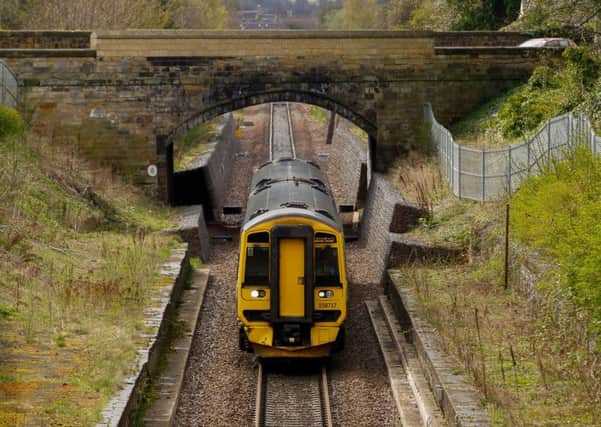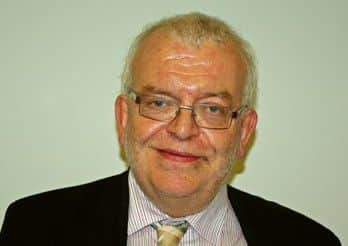We must learn from past if transport is to succeed in future – John Yellowlees


The Chartered Institute of Logistics and Transport (CILT) seeks to develop a better understanding of these issues through training and events, and last month debated best practice with journalist and politician John McLellan. John is Director of the Scottish Newspaper Society and a Conservative member on Edinburgh City Council. He has commented extensively on controversial projects such as road charging for the city and the trams project.
What can be learned from controversial transport proposals for road charging, new parking taxes, the campaign against the Forth Bridge (now the Queensferry Crossing), and the Edinburgh Tram project?
Advertisement
Hide AdAdvertisement
Hide AdThe 2005 congestion-charging proposal for Edinburgh failed at a time when similar schemes for city centres in Durham, Cambridge and London succeeded. John asserted that Edinburgh City Council failed because they attempted a proposal for an outer toll cordon that caught a myriad of other trips that made an equitable scheme very hard to deliver. A proposal in 2005 that affected only the city centre might have stood some chance of success. The key learning point from this is that when doing something new it is important to make changes in small steps so that people can learn to make their own judgements about the benefits of the changes. Transport delivery will be trusted if it earns that trust step by step. The referendum on road charging resulted in residents voting 3:1 against, proving the old adage that politicians should only ever call a referendum when they’re sure of getting the result they want. Referenda can be important for helping to manage social change but are a poor tool for determining policy.


Much can also be learned about the Edinburgh Trams. The scheme lost its two most valuable elements through the densest populations, the line to the Royal Infirmary and the city centre to Newhaven. This compounded the weakness of the financial and economic cases so that although the tram line conneting the airport to the city centre has opened, Transport for Edinburgh still relies on profits made by Edinburgh’s buses.
John questioned whether appropriate transport planning and project management skills had been deployed on the project, echoing the comments made by CILT in columns such as this over the years. Looking forward, there should be greater confidence in delivery skills and capabilities before investment decisions are made. The results of the public inquiry into the tram project may help, when Lord Hardie reports his findings.
An opportunity was also missed to turn the Borders Railway into a better commuter link, because it was only built single-track. There had always a strong case for a double track line as far as Gorebridge, but doubts about its popularity to Galashiels resulted in a missed opportunity.
Scotland needs to find many new homes. In Edinburgh, 20,000 affordable homes are needed in the next ten years alone, with substantial transport implications. Are the future transport needs now being considered learning the lessons from past mistakes? There could be sense in opening up north west Edinburgh with a tram spur to Granton using the line of a former railway. However, the majority of the Edinburgh public did not see tram funding to date as money well spent. Future transport funding must look at what else is not being afforded, such as replacing the life-expired Meadowbank Stadium, which many would see as a higher priority given Edinburgh’s need for world-class facilities. Transport investment can compete well with other priorities, but a clear case must be made that can gain public support.
Looking forward, the city’s infrastructure should be developed in partnership with central government, with new ways found to invest in transport infrastructure, based on best practice from across the world. The public are understandably suspicious of innovative financing, given the many poorly planned public private partnerships in the past. Successful future transport delivery depends on building public confidence through the delivery of many successful projects, before attempting experimentation with innovative finance on the largest and most controversial schemes.
Community engagement now forms an increasing part of training and education in transport. By debating best practice with politicians and journalists, CILT helps members to raise their game for forthcoming challenges. Difficult decisions will be needed about Edinburgh’s South Suburban Railway, future tram extensions, new bus routes and stop locations, road and workplace charging and other controversial projects. A mature attitude of sharing in success seem desirable for everyone in uncertain times.
John Yellowlees, Chair, CILT Scotland